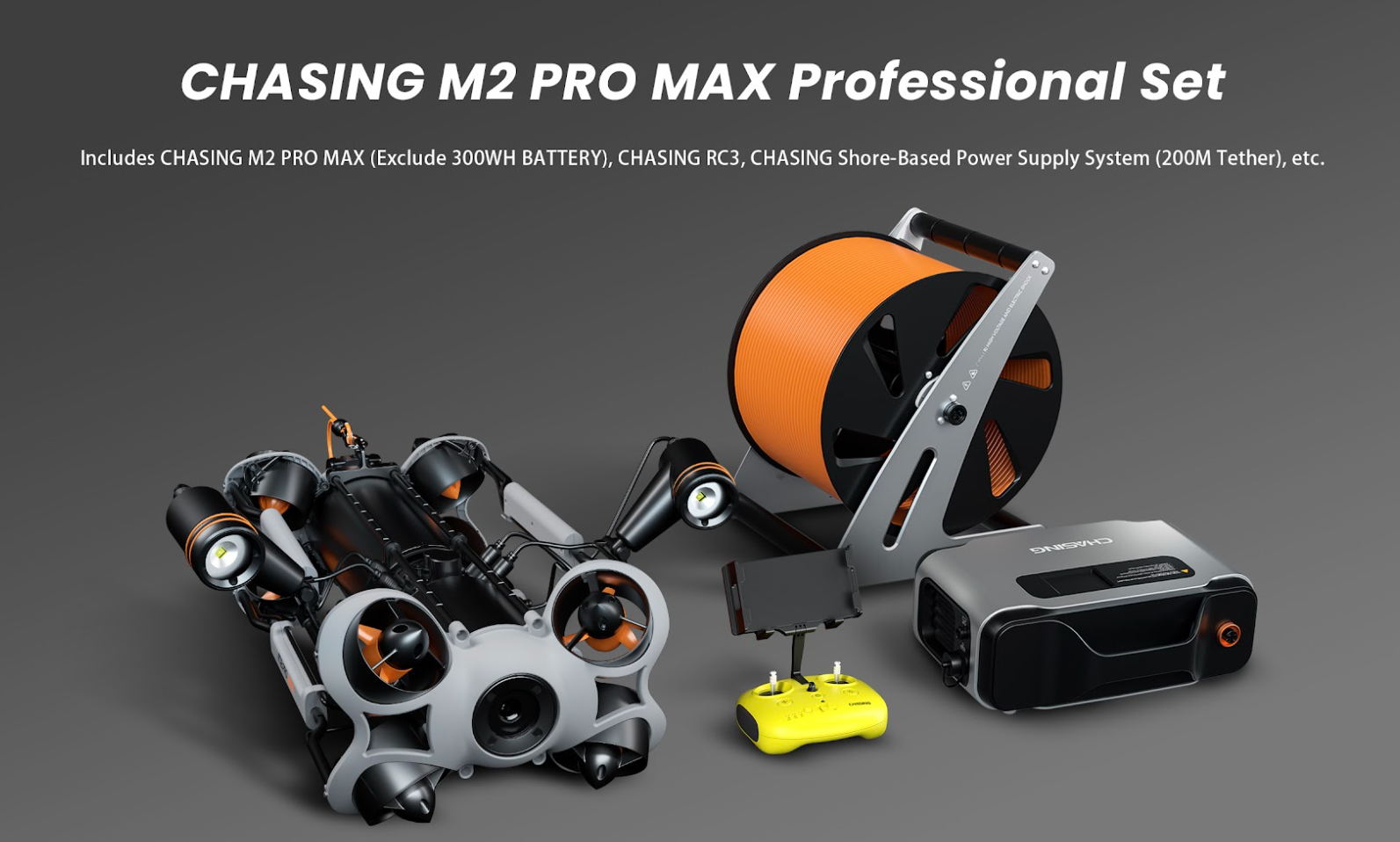
Drones are not limited to aerial applications; they are also utilized underwater. Underwater drones, also known as remotely operated vehicles (ROVs), have become increasingly popular for exploration and various applications beneath the sea surface. These devices allow researchers, professionals, and even consumers to discover hidden treasures, explore marine environments, and conduct underwater surveys.
Underwater drones or ROVs are equipped with cameras, lights, and other sensors to capture high-quality images and videos of the underwater world. They are typically operated remotely using a controller on the surface, connected by a tether that provides power and transmits data between the ROV and the operator. The tether also ensures that the ROV remains in communication range.
Consumer ROVs are designed for recreational purposes and are generally more affordable and user-friendly. They often have simplified controls, intuitive interfaces, and features optimized for underwater exploration, such as real-time video streaming and object detection. Consumer ROVs are commonly used by diving enthusiasts, underwater photographers, and hobbyists who want to explore the ocean depths.
On the other hand, professional ROVs are more advanced and cater to the needs of researchers, marine biologists, archaeologists, and industries like offshore oil and gas, underwater inspection, and salvage operations. These ROVs often have higher payload capacities, longer operating times, and advanced features such as manipulator arms for collecting samples or retrieving objects. They are built to withstand harsh underwater conditions and can dive to greater depths.
The use of underwater drones has opened up new possibilities for exploration and research. They allow us to investigate underwater ecosystems, search for sunken ships, map underwater terrain, study marine life, and even assist in search and rescue operations. These ROVs have proven to be valuable tools for discovering and recovering lost items like phones, wallets, and other valuable objects that have sunk to the seabed.
As technology advances, we can expect further improvements in underwater drone capabilities, including enhanced maneuverability, longer endurance, and more sophisticated imaging systems. These advancements will continue to facilitate underwater exploration and expand our knowledge of the hidden treasures and mysteries beneath the sea.
Download the ROV Comparison Chart here












